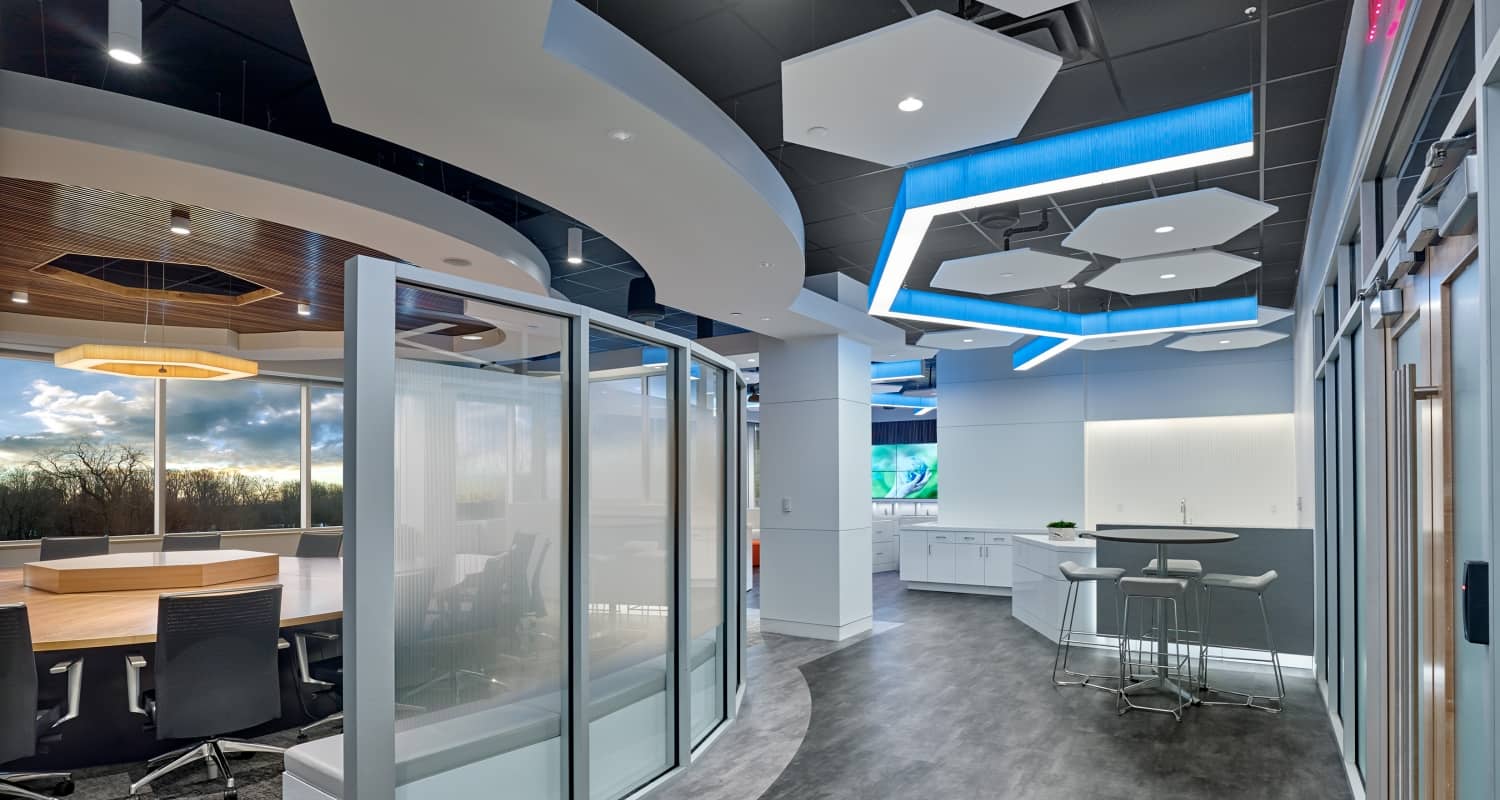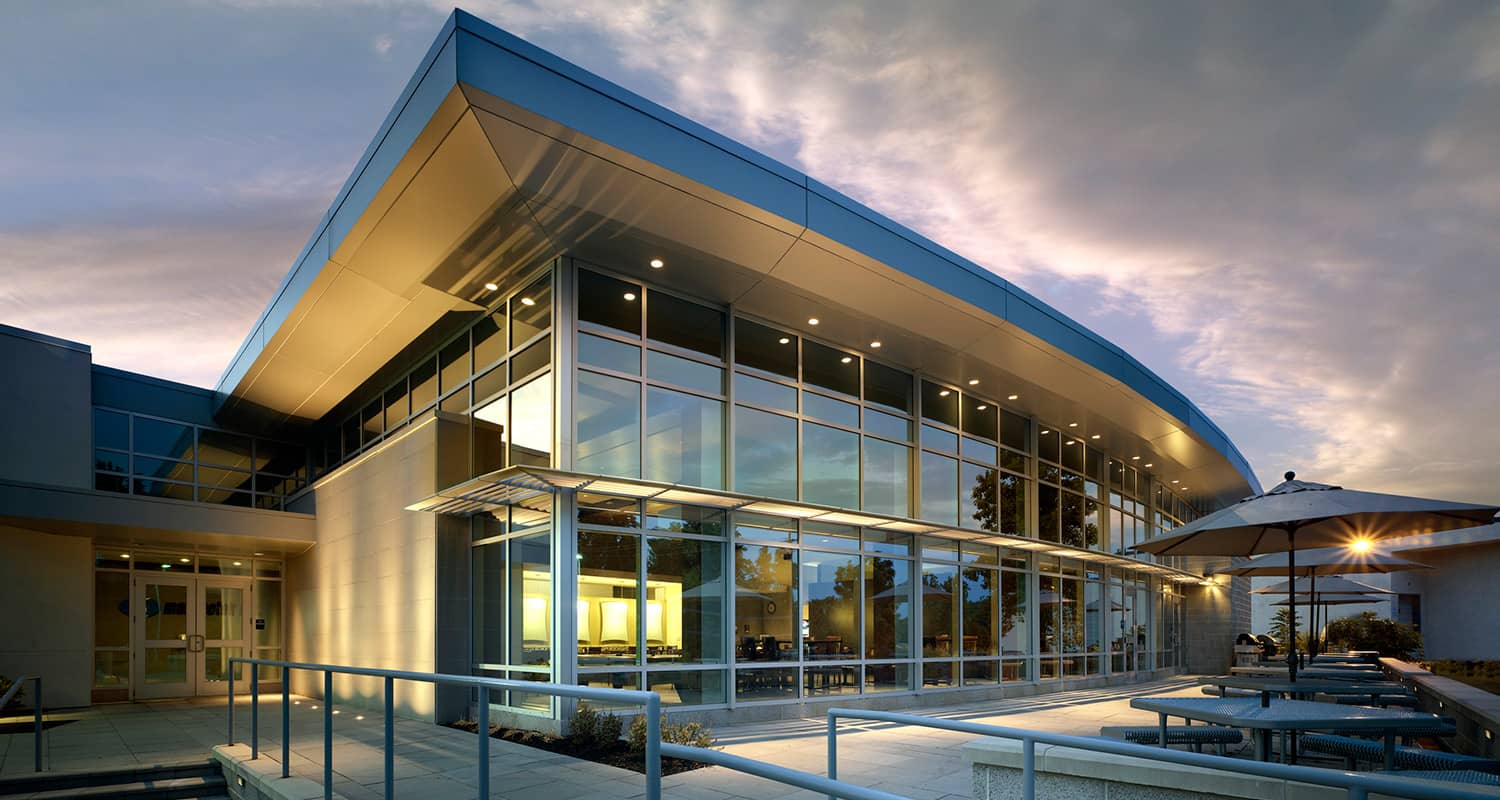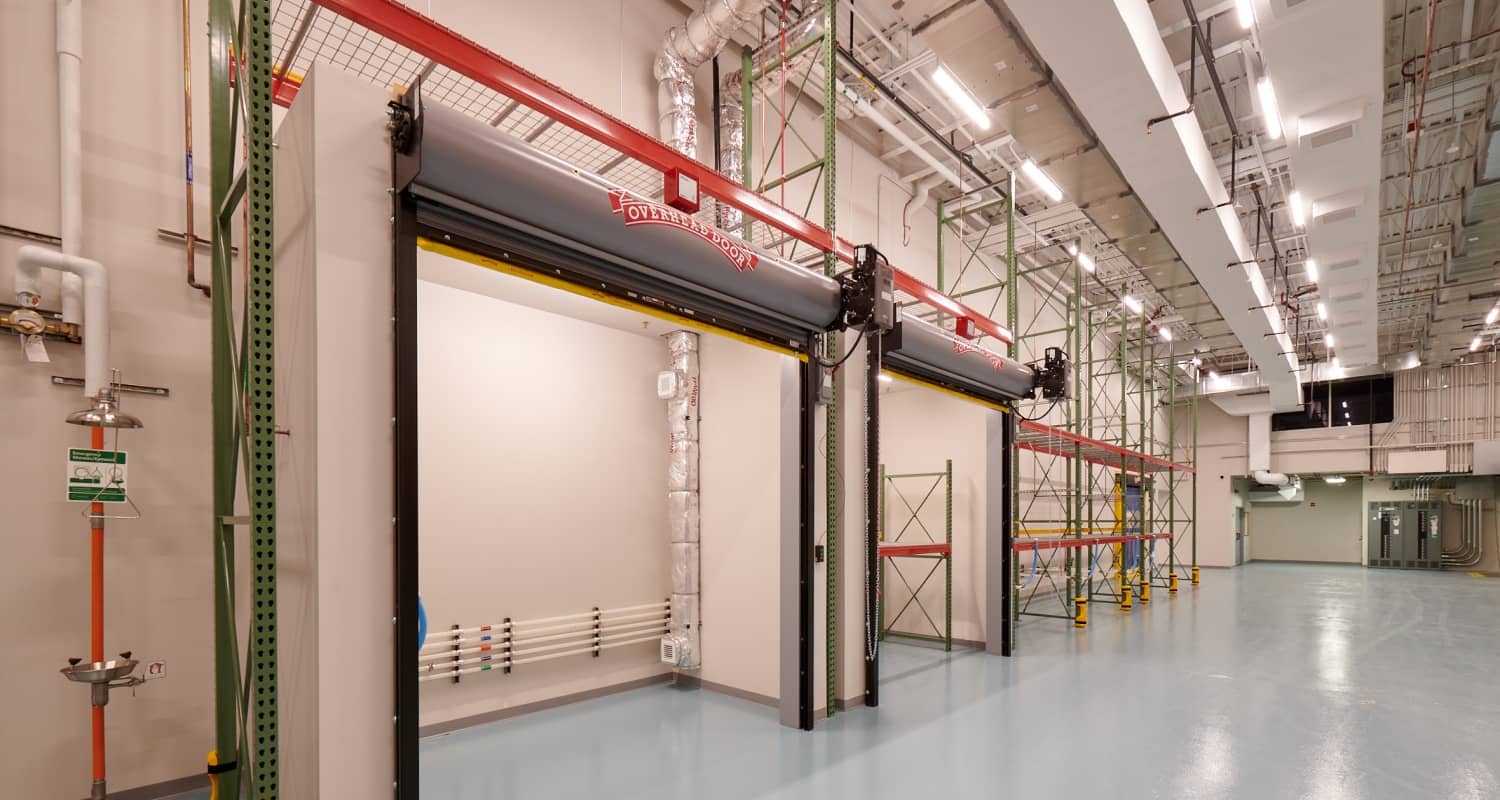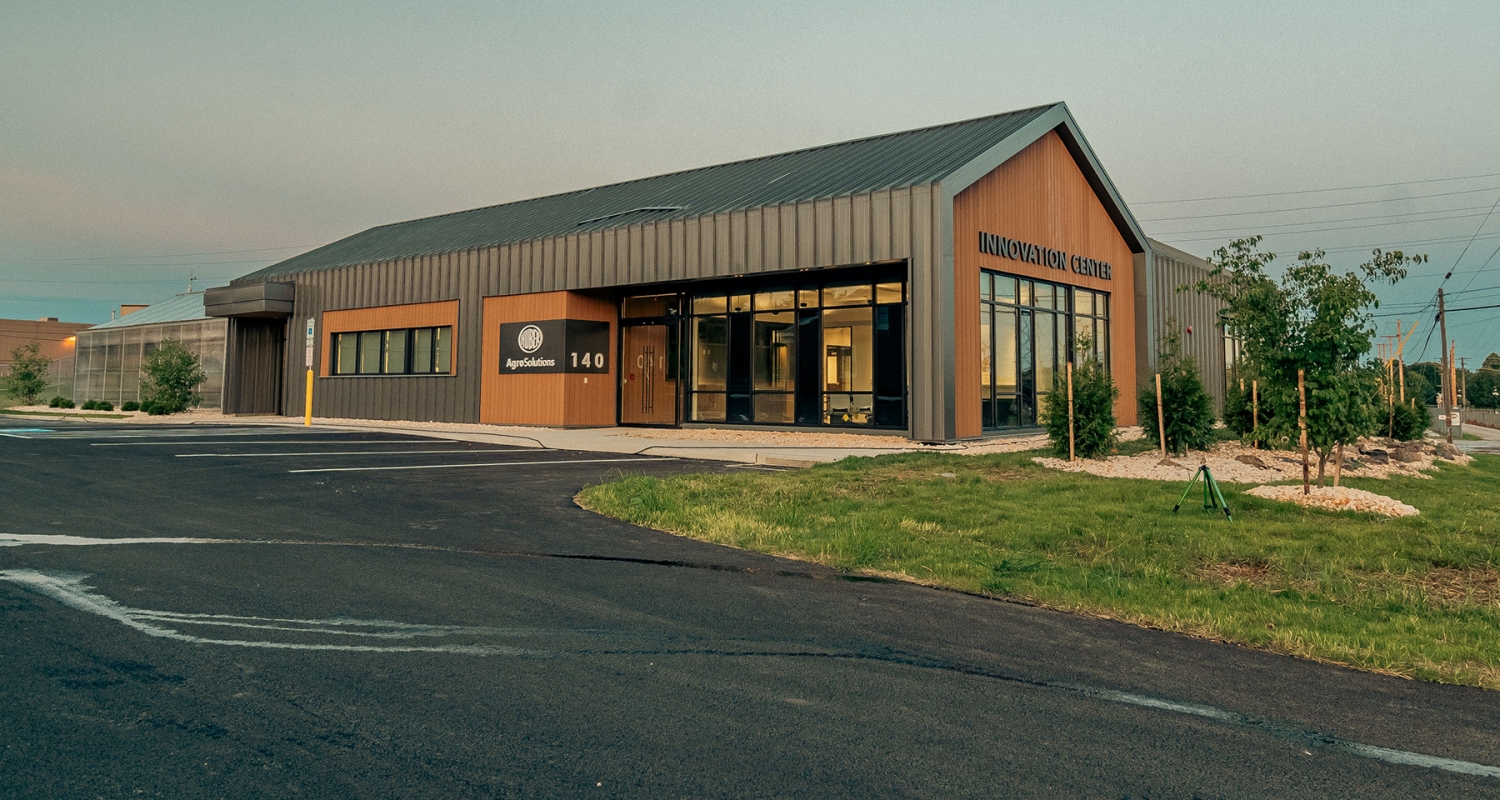Duke University – Marine Laboratory Campus Chilled Water Upgrade

Duke University’s year-round Marine Laboratory Campus in Beaufort, N.C., is home to research, teaching, and student life facilities for the Nicholas School of the Environment. Precis was tasked with a chilled water upgrade for the campus. The project included the installation of a new air-cooled chiller to provide energy efficiency and support an existing geothermal heat pump system that was having difficulty maintaining temperature setpoints during warmer months.
The new chiller features enhanced corrosion protection to compensate for the corrosive coastal environment. It operates in a variable-primary arrangement for efficiency during warmer months; the geothermal system continues to provide service during cooler months. A direct bury piping network was used to back-feed existing campus buildings with chilled water. The project improved efficiency, supported a struggling but otherwise effective system, and brought chilled water to more buildings on campus.
Allergan – 4 Millennium Way

Precis provided architecture and engineering design services for a multipurpose facility for Allergan (now part of AbbVie), a pharmaceutical company that develops and manufactures medical devices and brand-name drugs. The facility was designed to support the manufacture of reconstructive tissue products for human health care.
The project involved the fit-out of an existing high-bay, shell building initially designed as a warehouse. The architecture and engineering design was competitively bid directly to the owner prior to development of a conceptual plan. The design team, working closely with the owner, developed a concept layout and basis of design, which were provided to construction management firms to secure bids. The conceptual design effort identified multiple design aspects that were not included in the originally requested facility design.
The project objective was to create new facility areas to consolidate existing operations for research and development (R&D) laboratories, warehouse operations, kitting operations, quality control inspection, office, cafeteria, and facilities support. The fit-out scope was limited to the east half of the 147,500-sf building, encompassing approximately 73,750 sf, with the remaining space designated for future expansion. A new second floor contains a 20,000-sf office space and a 14,000-sf mechanical space. The remaining 73,750 sf received minimal modifications to appropriately maintain the environment until the future buildout can be executed. Utility systems for the two halves of the building were originally designed to support both halves of the facility.
The building design is based on meeting the requirements to receive state funding under the local Economic Development Authority program and to meet minimum Leadership in Energy and Environmental Development (LEED) Silver Certification. Based on value engineering exercises and budgetary constraints, the building requirements were reduced to meet LEED Certified level.
CertainTeed/Saint-Gobain – Building 3 Renovations
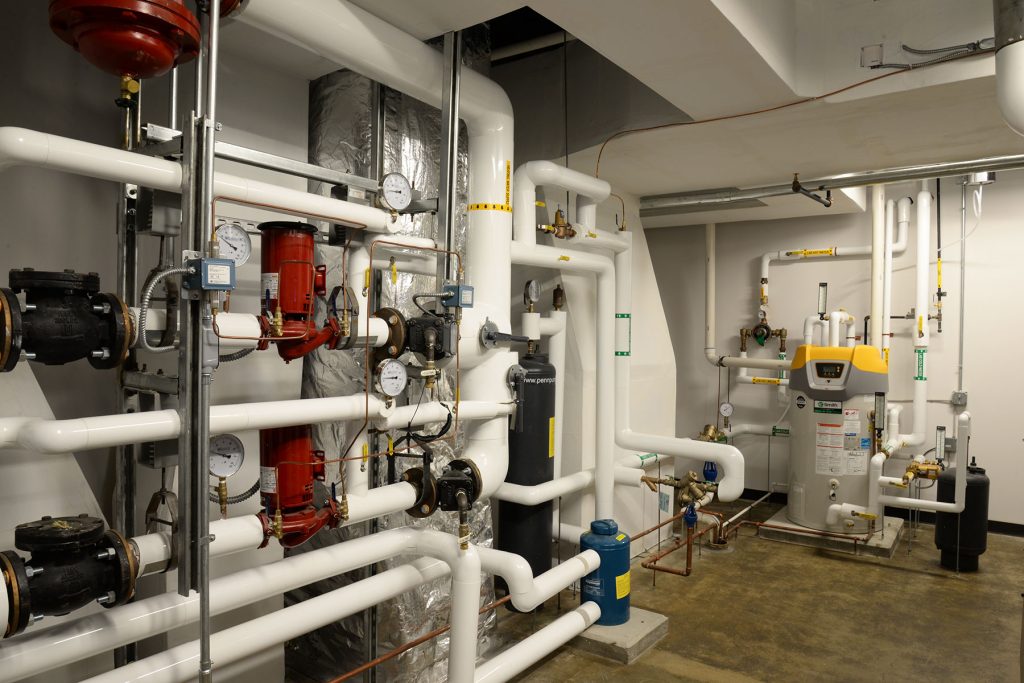
Precis was tasked with a design-build project to renovate an existing building in Malvern, Pennsylvania, leased by CertainTeed, a division of Saint-Gobain, a manufacturer of global building materials. The building fit-out accommodates 28,000 sf of research and development (R&D) lab space appropriate for contemporary materials science and 12,000 sf of open office space. The design team utilized materials manufactured by Saint-Gobain in order to achieve sustainability goals.
The project required working closely with key Saint-Gobain personnel, the architect, and construction manager personnel. Precis provided mechanical, electrical, plumbing, and fire protection engineering design and construction administration.
Key engineering components included design of new site electrical service, including coordination with PECO to support upgrade and expansion to the building service. Precis provided detailed layout and design of all mechanical systems, including air-handling units, exhaust systems, heating and cooling equipment, and associated appurtenances; design of a new process waste system, lab waste system, and sanitary, domestic hot and cold water systems as required to support the upgrades. Precis also designed the building emergency distribution and uninterruptible power supply system, including design for a new emergency generator; design of primary and secondary power systems and transformers to support fit-out and future building expansion; and design of a complete lighting plan.
Symrise – Spray Dryer Expansion
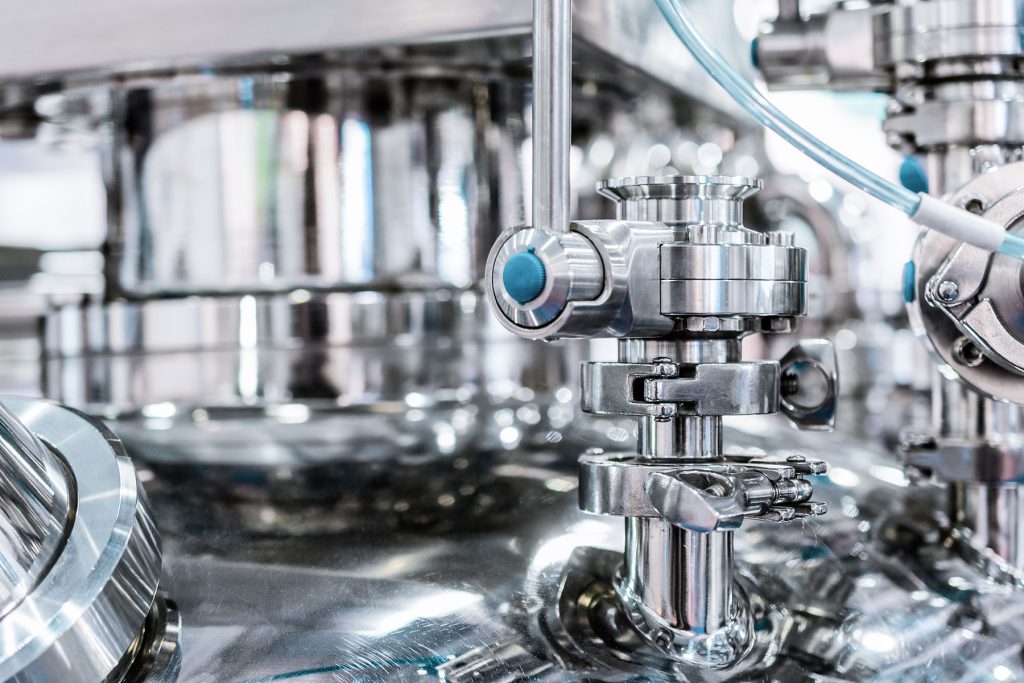
Precis performed mechanical, electrical, plumbing, and fire protection design and energy modeling for construction of a new 15,000-sf building for Symrise, a company that develops, produces, and sells fragrance, flavoring, and food ingredients. The facility in Branchburg, New Jersey, houses a new GEA FSD-100 spray dryer system and associated slurry prep unit, regenerative thermal oxidizer (RTO), and clean-in-place (CIP) skid.
Materials are manually weighed and delivered into the slurry prep room where the various ingredients are made into an emulsion slurry mixture utilizing two super sacks for ingredients. The slurry is then pumped into jacketed holding tanks before being pumped up to the top level of the spray dryer to a small holding tank and then into the GEA FSD-100. The finished, spray-dried product is conveyed from the outlet on the ground floor into the pack-out room where the finished product is packaged. The boxes are stacked on pallets and delivered to the warehouse for shipping. The emulsion prep system, slurry holding tanks, and spray dryer are cleaned using the CIP system. Exhaust from the spray dryer passes through the GEA-supplied and installed wet scrubber on the top floor. Exhaust flow from the scrubber is further treated through an RTO.
BSL-3 Laboratory Upgrade
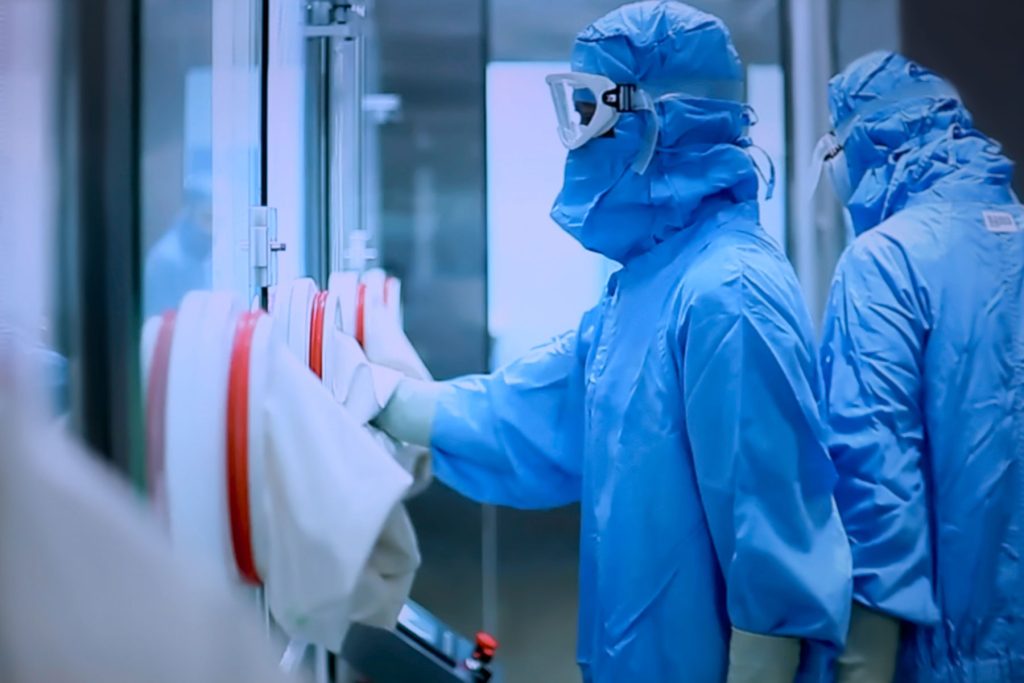
A confidential client needed to reactivate an existing laboratory suite built in 1990. Designed as a biosafety level 3 (BSL-3) facility, it is approximately 1,100 sf in area. Existing features included a pass-through autoclave, separate gown-in and gown-out airlocks, and a dedicated air handler and exhaust system (providing once-through air).
In support of the BSL-3 laboratory upgrade, Precis completed a gap assessment to better understand what would be required to convert the existing lab into a compliant BSL-3 facility and then provided design engineering services to complete the proposed renovation. Existing equipment was leveraged as much as possible to minimize cost and schedule impact, while maintaining strict adherence to personnel safety and laboratory contaminant design criterion. A customized engineering solution was developed to maintain the existing historical building glazing detail while creating a fully contained bioseal within the laboratory. Project highlights included a full BSL-3 certified lab space with separate pods to allow for multiple research functions, adherence to an aggressive schedule, and coordination utilizing a BIM model.
Master Plan Design and Construction
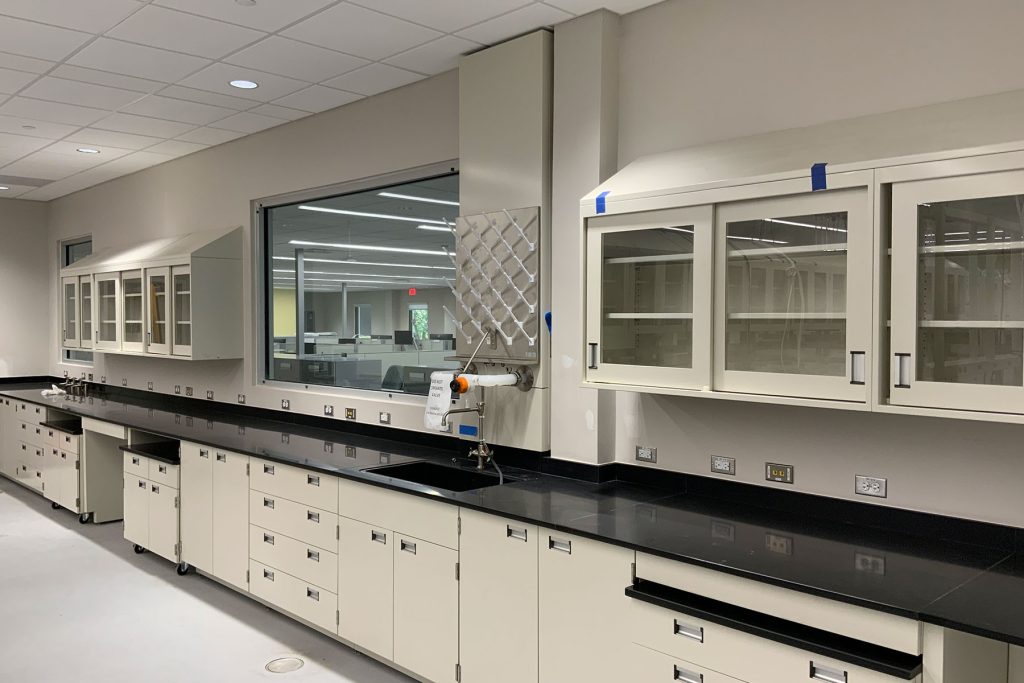
Precis was involved in campus master planning efforts for a confidential client. The scope involved evaluation, renovations, and replacements within three separate buildings on the site. The project included laboratory, warehouse, controlled-temperature storage, cGMP quality operations lab facilities, and a cell banking suite, along with significant utility infrastructure replacements and upgrades.
The project involved a complete master planning effort and basis of design development with support from site personnel to determine the overall programming and utility needs to capture initial funding. This effort included value engineering efforts with support from a construction management team to adjust architectural and mechanical, electrical, plumbing, and fire protection (MEP/FP) system design parameters to meet the client’s budget allowance.
The detailed design efforts included the mechanical design of several new air handling units, boiler systems, upgraded chilled water systems, and full distribution of plumbing water and gas systems. The electrical design included two complete building electrical service replacements, including redundancy within the utility side distribution as well as new paralleled generator systems with automatic load shedding. Full MEP distribution of power, lighting, lab gases, air, and monitoring were included throughout the spaces.
In addition to meeting stringent client and FDA requirements, the project scope involved operationally active buildings producing medicine and storing product. Project scheduling, shutdown coordination, and phased renovations were required to limit site disruption. During construction, the Precis team was involved in each stage from submittal review and client coordination to on-site testing and ongoing field support. Throughout the three-year process, which occurred during the Covid pandemic, Precis maintained the same MEP/FP engineering team from concept through construction completion.
Princeton University – Steam to Hot Water Conversion Group 3
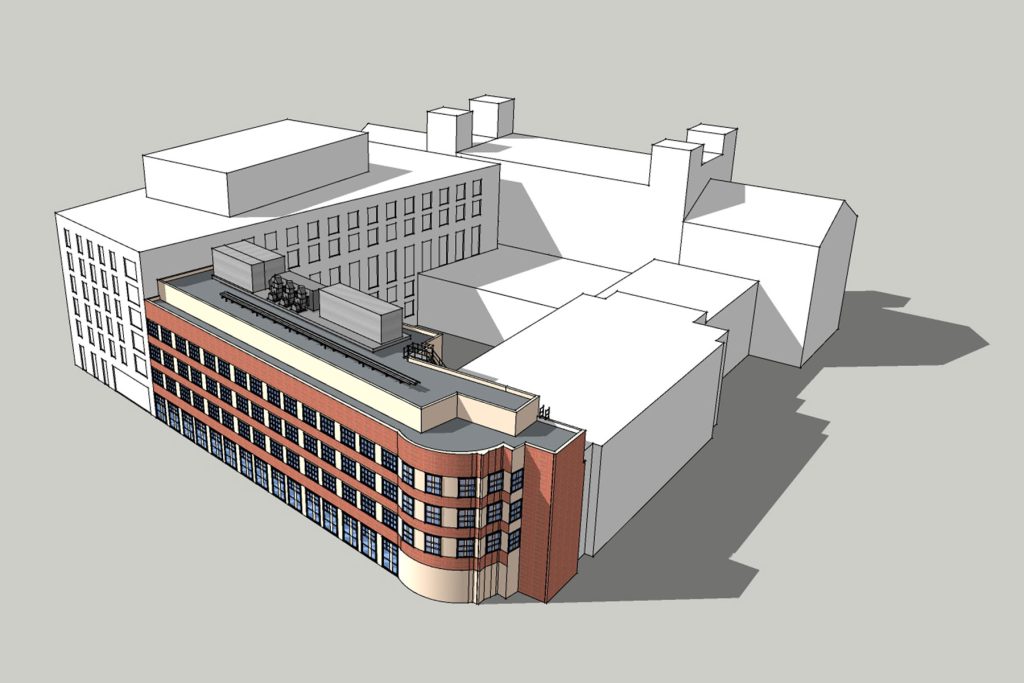
Princeton University tasked Precis with the sizing and specification of systems required to convert existing steam heating and humidification systems to work with new campus low-temperature hot water distribution for the Shultz and Moffett Laboratory buildings and the Scully Hall dormitory. Precis worked with Princeton’s construction management partner under a design-build contract to generate conceptual designs, including architectural renderings and shadow analysis, and cost estimates for various rooftop and mechanical penthouse air-handling and heat-transfer system configurations and options that would accommodate construction phasing, future system expansion, redundancy, architectural screening, and maintenance access requirements.
The new systems include heat exchangers for low-temperature heating hot water and domestic hot water along with associated pumps, coil replacements, valence unit replacements, piping distribution, controls, and modifications to the existing steam systems. The design also required coordination of the project scope with a number of other ongoing projects in the Schultz and Moffett Laboratory buildings, including enabling work for the new Schmidt Hall building, an emergency/standby generator, and associated power system upgrade.
University of Pennsylvania – Cleanroom Core Expansion

Precis provided architecture and mechanical, electrical, plumbing, and fire protection engineering services to support expansion of the cleanroom core at the University of Pennsylvania’s Singh Center for Nanotechnology in Philadelphia, Pa. The Singh Center provides an environment for nanoscale research, development, and collaboration, supporting programs at the University of Pennsylvania and through partner institutions and industry in the Mid-Atlantic region.
Designed to enhance the functionality of the Singh Center’s ISO 5/6 production core, the project scope included adding a new nanofabrication cleanroom and retrofitting the existing soft lithography space. The Precis approach was highly specialized and tailored to the client’s unique operations while striving to minimize impact to ongoing processes in the existing nanofabrication core. To achieve this, panelized cleanroom wall and ceiling modules were incorporated with finishes appropriate for nanofabrication operations. Precis also provided the necessary utilities for specialized equipment including scanning electron microscopes, dual beam nanopatterning devices, solvent wet benches, and soft lithography operations.
Hankin Group – Speculative Lab Building

Precis provided architecture and engineering master planning services to Hankin Group, a family-owned real estate development firm, for a three-story, multi-tenant speculative laboratory building for multiple life science tenants involved in the drug discovery process from laboratory-based research through early stage (pilot scale) manufacturing.
The building will be located on a prominent site at the entrance to Eagleview, a mixed-use development community,
located in the Philadelphia suburb of Exton, Pennsylvania.
Single- and multi-tenant concept layouts were developed for general research, gene and cell therapy, therapeutics, and contract research organizations. The building’s floor plate accommodates requirements for physical segregation, chain of custody, and biosafety level (BSL) segregation of suites, waste streams, and product flows.
The proposed site totals ~17.8 acres. Grading allows for basement level access on the building’s south side. Floor plates, excluding the basement, range from 40,000 to 43,500 sf each.



